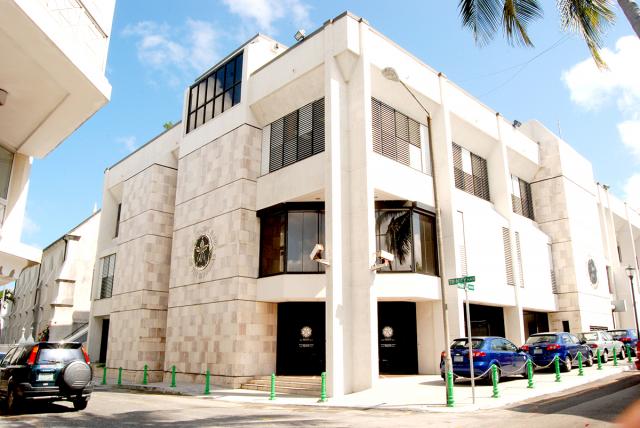Foreign currency outflows saw a $70 million contraction during November relative to the same period in 2022, according to the Central Bank, with transactions for debit and credit cards in particular declining by just over $53 million.
The Central Bank in its Monthly Economic and Financial Development report for November, ind that provisional data on foreign currency sales for current account transactions showed that monthly outflows contracted by $70.1 million, to $538.7 million in November, relative to the same period in 2022.
“In particular, payments for “other” current items—primarily credit and debit card transactions—declined by $53.4 million. In addition, outflows reduced for oil imports, by $26.4 million; transfer payments, by $8.1 million; and factor income payments, by $2.3 million. Conversely, foreign currency sales for non-oil imports rose by $19.6 million and travel-related transactions, by $0.5 million,” the regulator noted.
The Central Bank also noted that during November, the reduction in the country’s external reserves slowed to $30.6 million from $108.4 million in the preceding year, for an ending balance of $2,463.4 million.
“Underpinning this development, the Central Bank’s foreign currency transactions with the public sector reversed to a net intake of $17 million, from a net sale of $53.5 million in the preceding year. Further, the Central Bank’s net foreign currency sales to commercial banks moderated to $48.9 million, from $61.9 million in the previous year. In addition, commercial banks’ net outflows to their customers fell to $30.1 million, lower than the net sale of $59.7 million in 2022,” the regulator said.
According to the Central Bank, monetary developments for November featured a buildup in bank liquidity, with the increase in the deposit base outpacing the growth in domestic credit. Most notably, excess reserves—a narrow measure of liquidity—expanded by $49.3 million to $1,887.0 million, a reversal from a $24.1 million falloff in 2022. Similarly, excess liquid assets—the broad measure of liquidity—rose by $26.1 million to $2,906.3 million, a shift from a $6.3 million decrease in the prior year.





